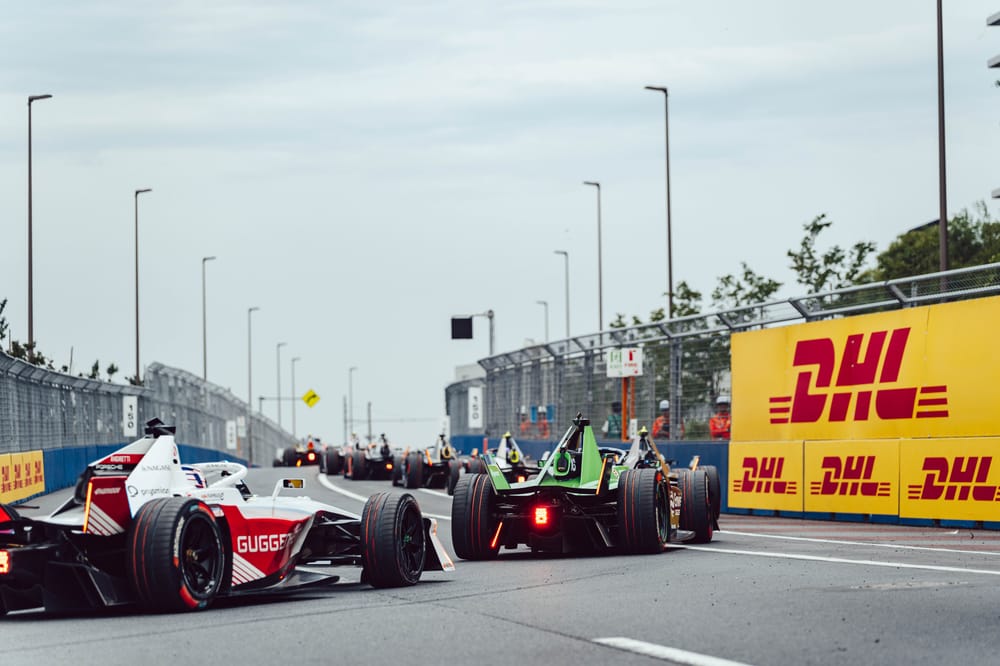Formula E discovered to its cost at Homestead in March just how its regulations can be problematic when it comes to ensuring sporting fairness.
On several occasions this season, races have been compromised and even effectively ended by race suspensions rendering attack mode boosts obsolete.
In Miami, it felt deeply unsatisfactory that what appeared to be - to the uninformed casual fan - a sensational drag to the line between leader Pascal Wehrlein and challenger Norman Nato was in fact a kind of ghost race.
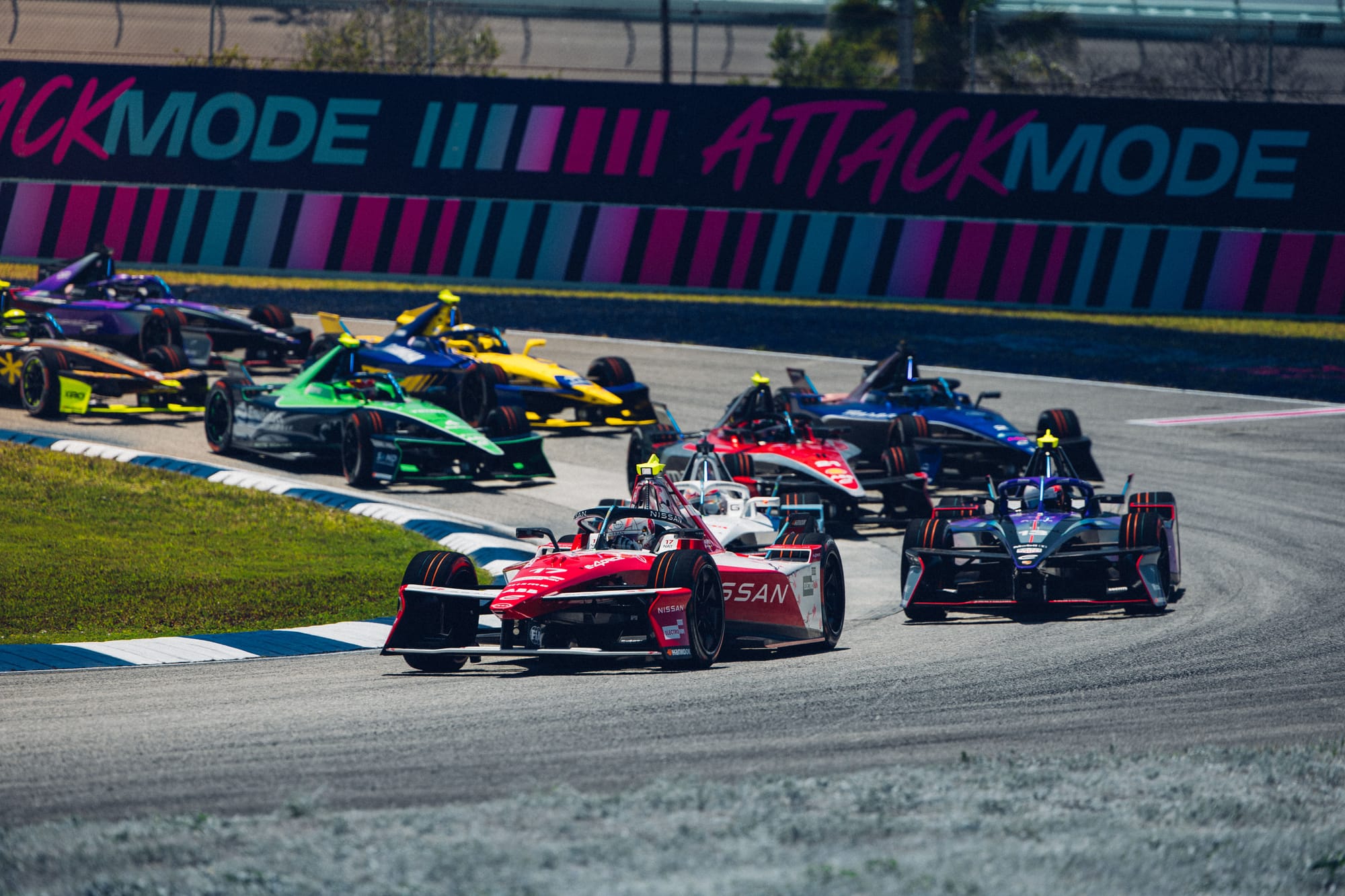
That was because Nato, like five other drivers, didn't have enough time to use all of his 350kW attack mode due to the race having been stopped and restarted. The restarted distance didn't allow enough time for drivers with attack mode left to make it to the attack mode loop and use it. And penalties are applied if you don't use all your attack mode in the race.
So as long as the race remained green, Nato knew he would be penalised after the race and lose the 'win' that he gained on the run to the chequered flag.
There is a risk-assessment and risk-management nature to Formula E races in the sense that leaving your attack mode late is the racing equivalent of declaring or not declaring your hand in a timed poker face-off.
The result at Homestead therefore did not reflect the actual finishing order as the cars crossed the line. While Formula E is far from the only championship where this occurs, it was still an ungainly way of ending a race, although in the context of the regulations it was just, fair, and correct.
It was more that unless the commentators at the track and on TV were fully informing the consumers of the race, it would have been confusing to those investing their time in the event. And there were definitely some in that position that time around.
Unlike the first two seasons of Gen3, the attack mode, now with the application of all-wheel drive at 350kW and slightly grippier tyres, gives extra performance, which makes it a potent weapon in gaining track position, irrespective of the circuit configuration or track conditions.
The rules framework around the penalties for non-use of the mandatory attack mode was not a particularly big deal in the first two Gen3 seasons because the 350kW was essentially useless. This was because the cars couldn't apply their power, due to a combination of the lack of grip from the tyres and the non-active nature of the front powertrain (then only two-wheel drive).
So not being able to take the attack mode back then was really an advantage in some respects - taking attack mode cost you time and positions going off-line, and then didn't offer you enough pace to recover. That meant it was really worth penalising someone who'd not gone for attack mode because they would have benefitted from missing it.
That's definitely different now in the Gen3 Evo ruleset; if you don't get your attack mode completed, or part of it done, or it falls under a full course yellow, safety car, or, in the event of Homestead, a red flag, it's a penalty all of its own because it gives such a pace advantage. Any further sanction is effectively a double penalty.
The US race was one incident but there have been several others this season where safety cars have ruined races simply because drivers have taken their 350kW boost and then had to watch it tick away as they curtail their speed or park up for the race suspension. Ask Robin Frijns: he had three such incidents in successions, triggering the oft bemused, deadpan look the Dutch ace can so often express when asked: 'How did the race go, Robin?'
Is this just part of the game or is there a way in which sporting equity can be found in a more satisfying manner?
A placebo for this is not as easy as it may initially sound and, while the question of whether this can be improved has and will continue to be raised at sporting working group meetings, the FIA will also surely dip into its own simulation suite of tools to try to find a solution for next season.
Is a solution close?
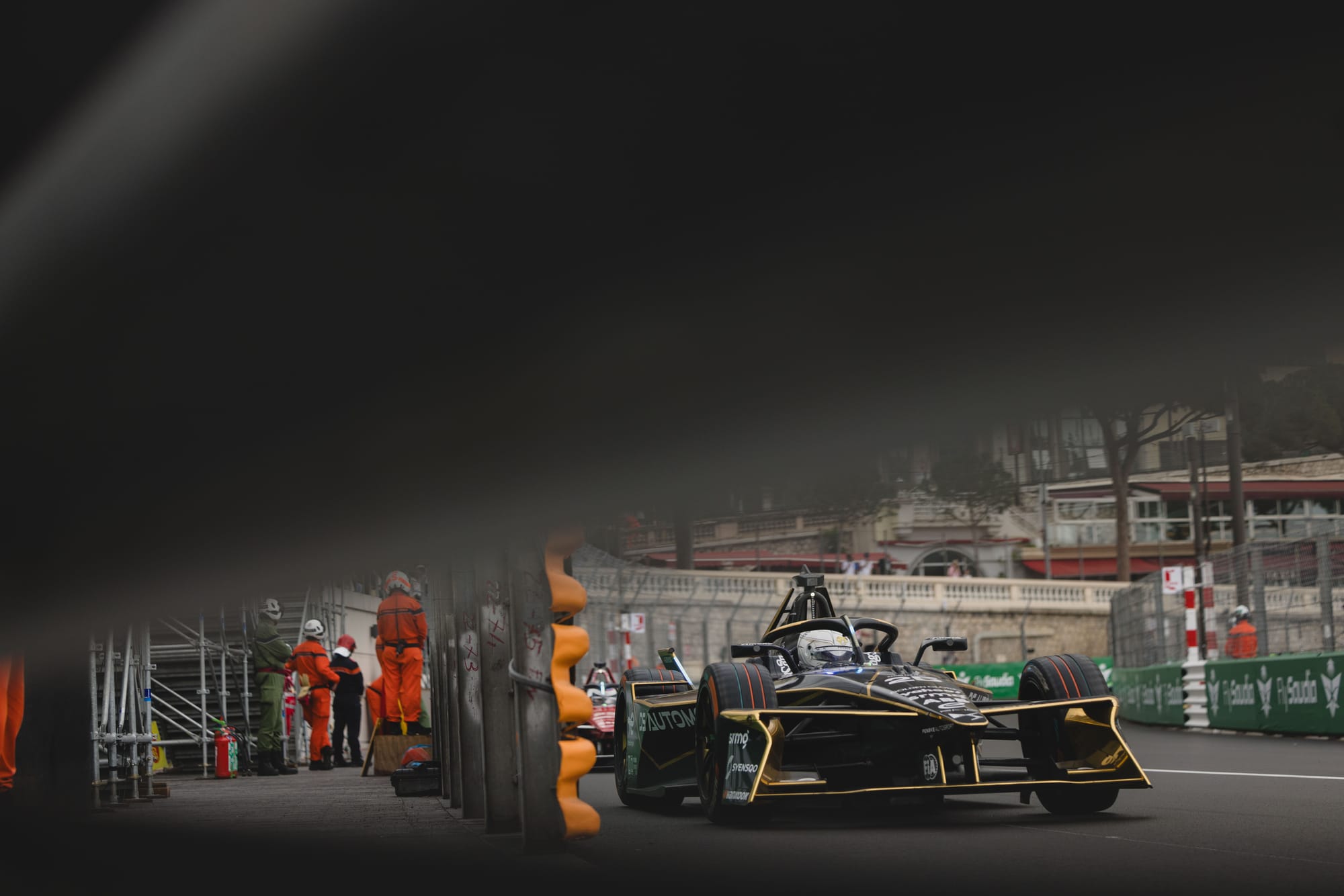
As well as the FIA's range of experienced rulemakers, Formula E has some of the brightest minds in motorsport. So, between them, surely at least a few options for ensuring sporting parity and not out-and-out randomness can come soon?
"It's a different scenario and that's a change that's quite hard to frame upfront because when the rules were written for the attack mode regulations those years back, this [losing out so much] wasn't a concept that you were considering at the time," DS Penske deputy team principal and noted technical innovator Phil Charles tells The Race.
"So, it's difficult for the FIA because almost certainly now you almost don't need a penalty because not doing attack mode is a penalty in itself in a sense. It's kind of self-fixing now and almost doesn’t need the penalties.
"This regulation wasn't really also compensating for you missing out on your attack mode too; if you go into a six-minute attack mode and the red flag comes out instantly, you lose those six minutes. This is a big thing obviously."
So, is there a case to somehow pause the attack mode and restart it at a sensible point when a race suspension scenario has unfolded? Charles thinks there could be.
The penalty system "maybe needs a little rethink in the longer term and the loss of attack mode also is a big change", he adds.
"In terms of what do we do about it, you could rethink that regulation and maybe you could just have penalties if you don't do the activations.
"You've got to do two activations and if you don't do them you get a penalty. But if you don't manage to get your full attack mode in, well, it's your penalty anyway for not getting your attack mode."
While that is all logical and kind of self-policing, the potential to pause or stop the attack mode clock is the one solution that many drivers have privately discussed among themselves and also with The Race in the paddock recently.
Charles believes that this scenario is something that the FIA should look into because there is "a case to say, all of that sounds very logical, but what other implications are there of doing that?"
"You need to work through it because it's very easy to have a quick-shot opinion. But if you do the homework and really understand those implications, then there's a case there to make a couple of tweaks in my opinion," he says.
"The sporting working group works well, and the FIA have got their own simulation capability and as teams, we can do a bit of work as well. So, if you put all of those heads together, you can come up with a good solution."
Simulation to help find the solution?
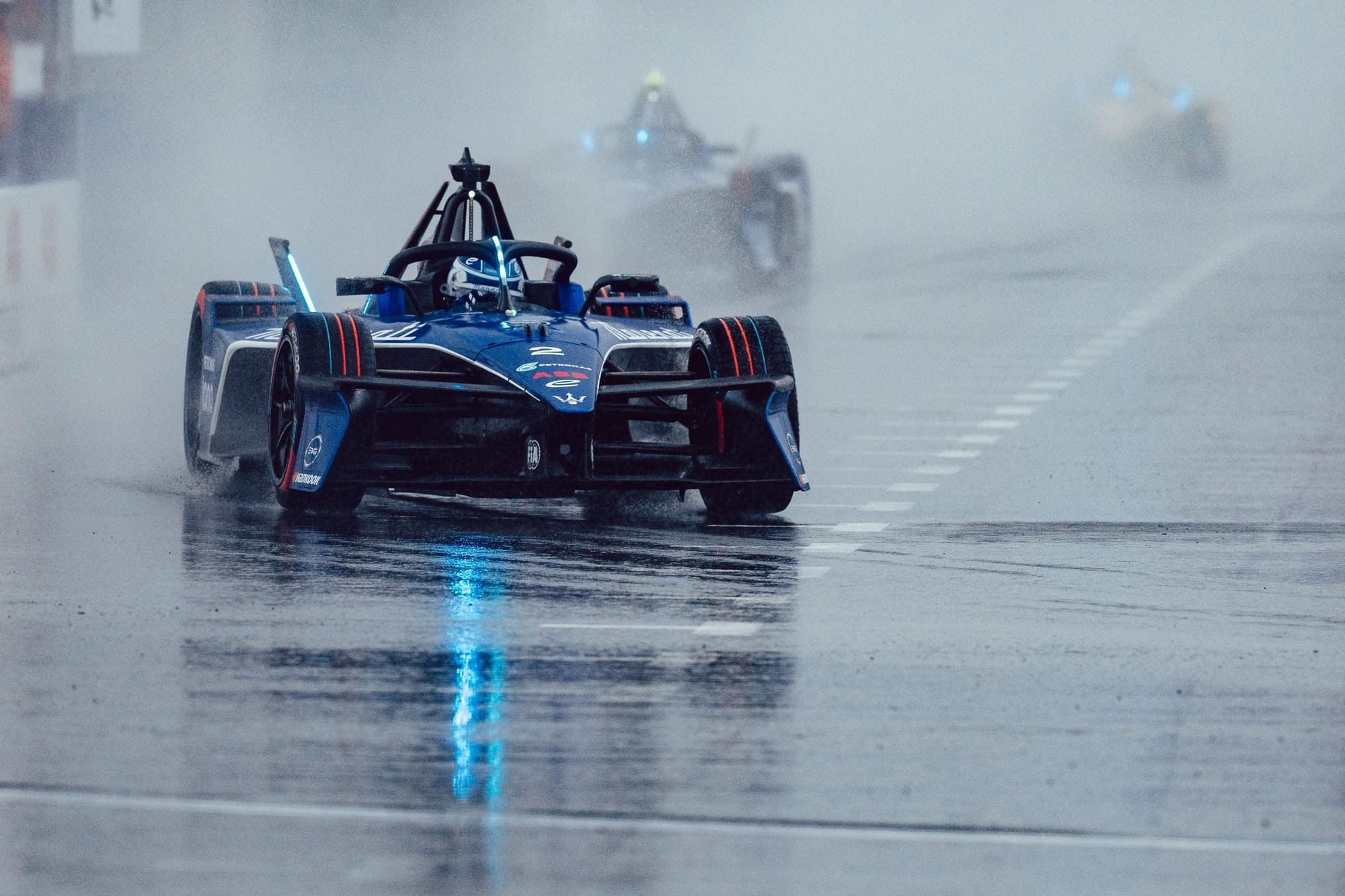
The challenge for a good and fair solution won't be easy, as it also has to make sense for fans and viewers to follow and digest easily.
Formula E has come under some fire recently for making its sporting dynamic more complex with the addition of Pit Boost. It has brought another wild aspect of strategic interest, but it also brings with it more randomness - witness Stoffel Vandoorne and Maserati MSG's excellently judged/executed, yet highly speculative winning gamble in Tokyo last Saturday.
"We need to make sure that you can follow it nicely and get a good view of what's going on," reckons Charles.
"While it might make sense from a team point of view, or an excitement for the engineers or the tech personnel view, it doesn't necessarily mean it's great for viewers."
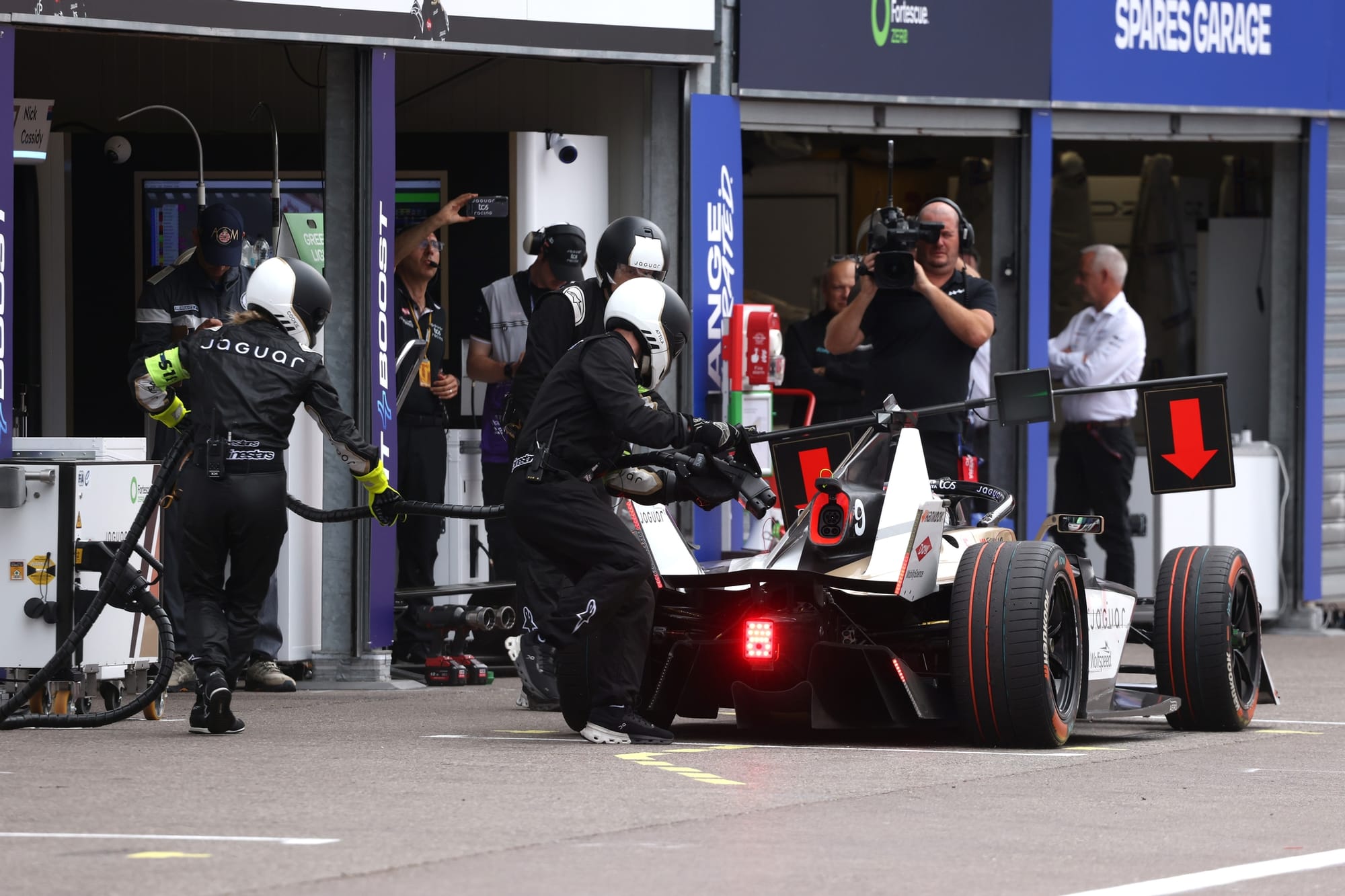
Charles is firm in his assessment that the sim racing world too could help in this regard. Where better to try that in the virtual world which has a good mix of experimental philosophy and competitive pioneering?
"I've suggested that we use the simulator championships to try our regulations," he says.
"You'll get a view of people evolving around the regulations. It's another thing to give those regulations to a group to then try and work around them and try and expose the holes that might be in them. There's some good simulation capability within the teams, within the championship and within the FIA.
"I think you can also come up with some other ideas to make sure you've got a good product, which is what we all want at the end of the day."


